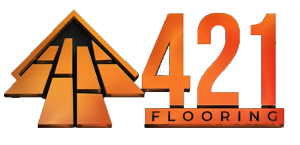Design Flooring

As part of our consulting service, we can take care of the design of your flooring, including border work and custom motifs.
A design border is a decorative feature that can be added to a flooring installation to create visual interest or define different areas of a room. Most types of flooring can be used to create a design border, but some may be better suited than others depending on the desired look and the specific installation requirements.
Here are some flooring types that are commonly used for design borders:
 Solid wood
Solid wood
Solid wood flooring is often used for design borders because it can be cut and shaped easily, allowing for a wide range of design possibilities. Depending on the wood species and finish, solid wood can create a classic, traditional look or a more contemporary style.
 Engineered wood
Engineered wood
Like solid wood, engineered wood can also be used to create design borders. Engineered wood is often more stable and resistant to moisture than solid wood, making it a good choice for areas that may experience more humidity or moisture.
 Ceramic/porcelain tiles
Ceramic/porcelain tiles
Tiles are also commonly used for design borders, as they come in a wide range of shapes, sizes, and colours. Ceramic and porcelain tiles are durable and easy to maintain, making them a practical choice for high-traffic areas like entryways, kitchens, and bathrooms.
 Parquet
Parquet
Parquet flooring, with its intricate geometric patterns, is another popular choice for design borders. Parquet can create a unique and eye-catching feature, but it may require more skill and expertise to install than other flooring types.

Book a Free Consultation
If you need flooring in Doncaster or anywhere in Yorkshire, book a free consultation with our helpful team on
